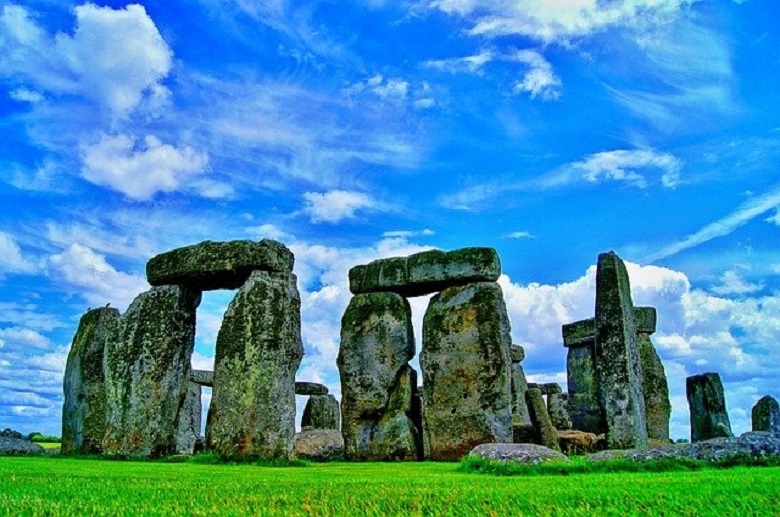What secrets were discovered by a sacred building in Portugal, which turned out to be older than the famous Stonehenge? Overview of what you need to know.
“Wooden Stonehenge” was found by archaeologists in Portugal. The structure turned out to be older than its overseas namesake. Specialists from all over the world carried out the excavations. Now, this complex has received the status of a national monument. What secrets of the ancients did this mysterious place reveal?
Archaeologists in the Evora region of Alentejo in southern Portugal carefully examine the site where this imposing structure once stood. The design is similar to the famous Stonehenge in England. This structure, found at the Perdigoes archaeological site, was circular and over twenty meters in diameter. These are called “Woodhenge” or “wooden Stonehenge.” They are a complex of wooden monuments.
Antonio Carlos Valera, the archaeologist in charge of the project, noticed that the structure was composed of several concentric circles and several rows of large pillars or wooden trunks. Experts determined the age of the building as the period between 2800 and 2600 BC. This complex turned out to be several centuries older than the stone megalith in England.
Carlos Valera also notes that the entrances to the structure are located where they are oriented towards the summer solstice and the rising sun. This location means that the complex was used for astronomical observations. About one-third of the complex has been restored, and clay products, animal bones, and human burials have been found. A large natural amphitheater was also discovered leading to the Ribeira Valley in Vale do Alamo, home to one of the most significant megalithic monuments in the Alentejo.
Archaeologists believe Woodhenge was built and used for about fourteen centuries. It was founded at the end of the Middle Neolithic, around 3400 BC. It was abandoned at the beginning of the Bronze Age, around 2000 BC. The sacred complex was the gathering center of the entire society and the place where ceremonial rituals were performed.
For twenty-three years, Perdigoes has undergone archaeological research involving both local and foreign archaeologists. In 2019, it was declared a National Monument and is a large complex of circular ditches, where the wooden remains of this structure are still located.
Although similar sites can be found throughout Europe and the UK, this is the first such site in Portugal. This proves that people had much more contact with each other during the Neolithic era than previously thought.
Other monolithic monuments have been found in Britain and many other places on the European continent, including Avebury. The ancient village of Chysauster, well-preserved remains of an Iron Age settlement and Grime’s tomb, one of ten known prehistoric flint mines in England. There, about 4500 years ago, miners dug more than four hundred holes.
One of the largest and oldest monuments is in Carnac, Brittany, France, where more than ten thousand stones still stand. Antequera, Andalusia in Spain, boasts the Dolmen Menga and Dolmen de Viera, two of the oldest megalithic structures dating from around 3800 BC.
In June 2020, archaeologists discovered around Neolithic monument just four kilometers from Stonehenge. It has over twenty large mines that are surrounded by hedges. Dr. Nick Snashall, an archaeologist at the National World Heritage Site of Stonehenge and Avebury, observed: “As the place where the builders of Stonehenge lived and feasted, the walls of Durrington are the key to uncovering the history of the broader landscape of Stonehenge, and this amazing discovery offers us new insights into life and beliefs, our Neolithic ancestors.”
Archaeologists from the University of St Andrews, Trinity University of St David Wales, the University of Scotland’s Center for Environmental Research at the University of Glasgow, and the Institutes of Warwick and Birmingham have all come together. It’s a shame that Perdigoes is closed to the public this year, but hopefully, things will be different next summer.
